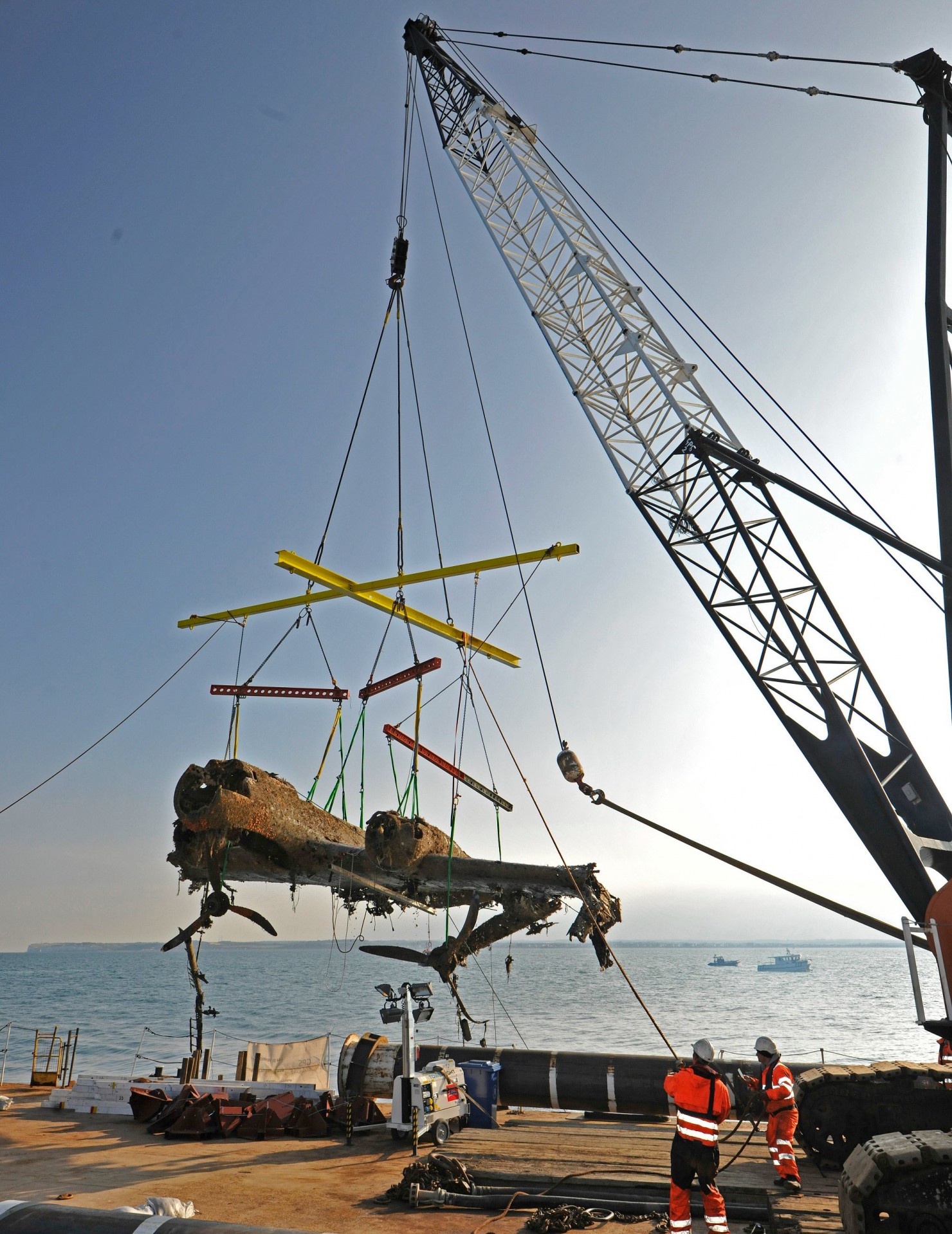
Learning from its mistakes after World War I, the U.S. The planes were parked on fields across the United States, Europe, and islands in the Pacific. At the close of World War II, the military had more than twenty-five thousand aircraft that were surplus to its postwar needs. The United States had built more than three hundred thousand planes between 19. Closer to home they are in lakes, hidden in the trees, in hangars, garages, and sitting on abandoned airfields. But that’s not to say that there are not warbirds closer to home that are awaiting discovery. The cost of recovering a World War II warbird is beyond the reach of the average aviation enthusiast. Once out of the swamp and on terra firma, the aircraft then has to be transported half a world away before restoration work can begin. Imagine trying to dismantle a 65,000-pound B-17 sitting in a swamp with the nearest hard ground a four- or five-mile trek through razor-sharp Kunai grass that grows taller than most men. Insects, reptiles, snakes, sharks, hostile natives, and poor or primitive living conditions are only some of the problems facing aircraft recovery teams. In the field, what might be impossible-to-overcome obstacles to many would-be explorers are mere hurdles to others. Most of the aircraft were dismantled, including this P-38, and shipped to Silver Hill, Maryland, for storage. Dozens of the collection’s aircraft were stored in the former C-54 plant at Park Ridge, Illinois, and when the space was needed to build C-119 Flying Boxcars for the Korean War, the collection was evicted. Burke-Smith StudiosĪt the end of World War II, the air force and navy had gathered aircraft significant to each service’s history, including enemy aircraft. The plane competed with pilot Joe DeBona at the controls with sponsorship from the actor Jimmy Stewart. The aircraft was transported to Los Angeles where it was rebuilt and sold, becoming N5528N Thunderbird. RF-6C-10-NT 44-10911 was sold at Kingman to aircraft dealer Lee Cameron and dismantled. Even the location names sound remote and foreboding places like Dobodura, Saidor, Narsarsuaq, and the Calanshio Sand Sea. They sit in humid swamps and jungles, on sweltering desert hard scapes, submerged under water, or buried under tons of ice. Missing fighters with names like Lightning and Warhawk bombers large and small-Havoc, Marauder, Flying Fortress, and Liberator and navy carrier planes-Hellcats, Wildcats, and Dauntlesses all are scattered across the former battlegrounds of World War II.įriend and foe alike, the hands of fate have also hidden Hurricanes and Spitfires, Stukas and Zeros, and dozens of other types.

All of the warbirds at Kingman were gone by the fall of 1948.
Hidden warbirds plus#
Of the more than eighteen thousand B-24 Liberators built during the war, today only two are regularly flown with fifteen surviving aircraft plus some nose sections. Introduction How the Hunt for Hidden Warbirds Has Evolvedīy the end of June 1946, Storage Depot 41 at Kingman, Arizona, was home to 5,553 aircraft.


Hidden Warbirds is aviation history at its best. Throughout, Veronico provides a history of the aircraft, as well as the unique story behind each discovery and recovery with ample illustrations. In this engaging new book, Veronico explores the romantic era of World War II Warbirds and the stories of some of its most famous wrecks, including the “Swamp Ghost” (a B-17E which crashed in New Guinea in the early days of World War II and which was only recently recovered), and “Glacier Girl” (a P-38, part of “The Lost Squadron,” which crashed in a large ice sheet in Greenland in 1942).

Hidden warbirds how to#
His website,, is the go-to source for enthusiasts who want to know more about how to locate vintage airplane wrecks and then tell their stories. Veronico has been investigating and writing about aircraft wrecks for many years. Fascinating.” -Alan Griffith, author of Consolidated MessĪviation historian Nicholas A. “If you only have room in your collection for one book on WWII-era warbird wreck histories and recoveries, then it should be this one. . . .


 0 kommentar(er)
0 kommentar(er)
